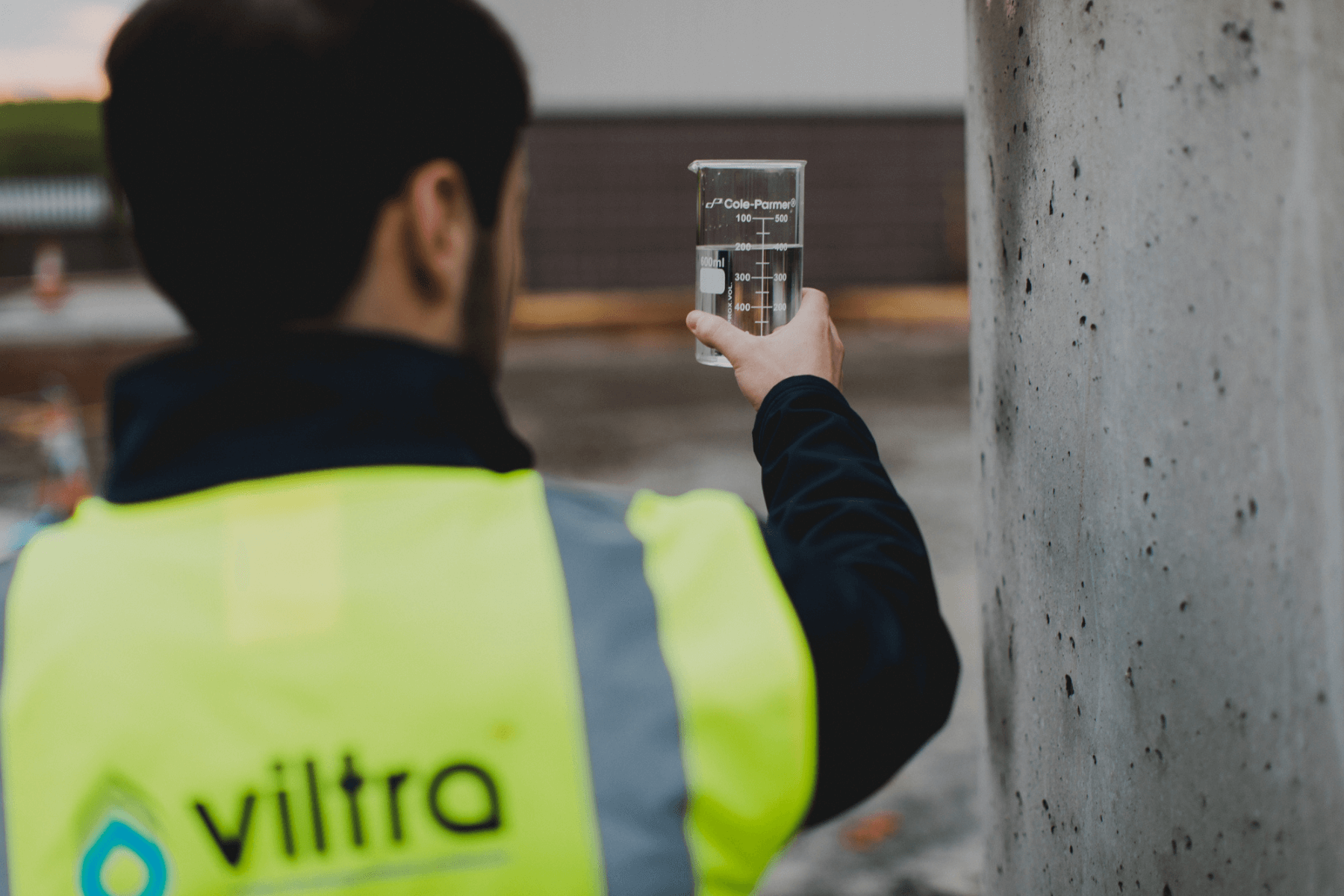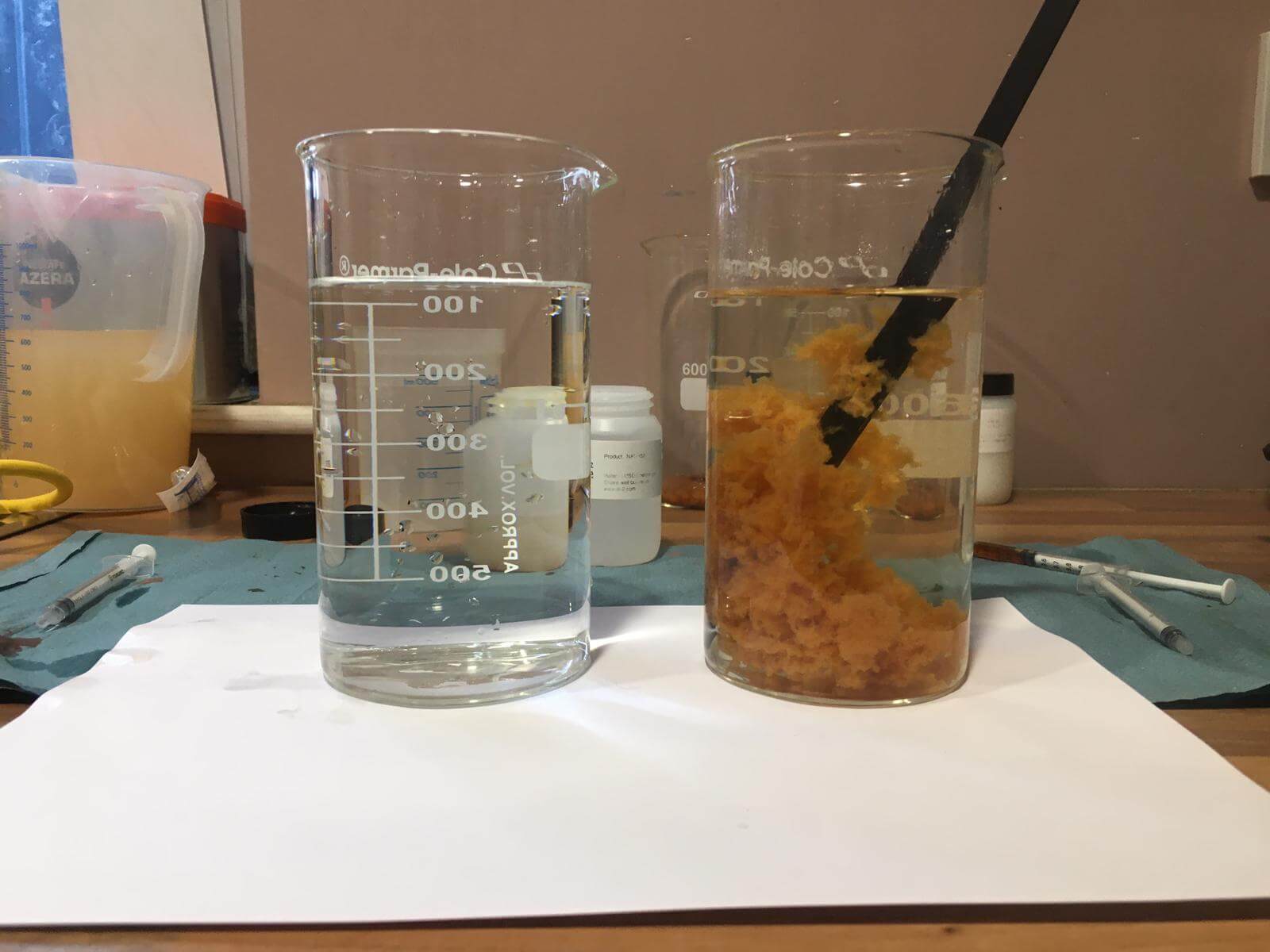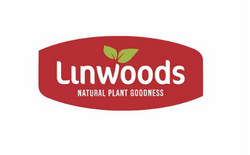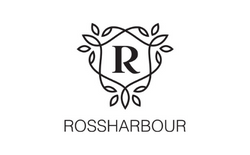What is Nutrient Neutrality?
Many of the UK’s freshwater habitats and estuaries are being seriously impacted and downgraded as a result of pollution and, notably, by excessive levels of nitrogen and phosphorus. Nutrient neutrality drives the requirement for a development plan or project not to add to existing nutrient loads within a catchment, so there is no net increase in nutrients as a result. The high nutrient levels currently polluting our rivers, lakes and streams have arisen from how the land around them has been and is being, used. Application of agricultural and forestry fertilisers, animal manure and slurry can lead to nutrients being washed off the land and into water bodies. Chemicals from industrial processes, and untreated/partially treated sewage and wastewater are discharged into rivers and estuaries contributing to poor quality.
What does the research say?
According to a recent report by the Department for Environment Food & Rural Affairs in England, nutrient pollution represents a significant pressure on the water environment, with 55% of river water bodies and 73% of lake water bodies exceeding phosphorus standards for “close to natural” and similar proportions exceeding the phosphorus targets for favourable condition of water-dependent Habitats Sites. Due to nitrate in groundwater, 69% of water bodies are at risk of failing and 37% are classed at poor chemical status (or have rising trends). In January 2021, Natural Resources Wales published a report which provided an assessment of how much phosphorus there is in Special Areas of Conservation (SAC) rivers measured against revised water quality targets. The evidence showed that over 60% of the water bodies assessed in SAC river catchments failed to meet the revised water quality targets for phosphorus. Recent statistics suggest that pollution problems run deeper than first thought. Even when treated by domestic treatment plants and water authority treatment works, sewage and wastewater can still contain troubling amounts of nitrogen and phosphorus. Under current sewage treatment standards across the UK and Ireland, each treatment plant must meet acceptable levels of effluent quality before it can be discharged into a waterway. Still, the impact of nutrient enrichment has to an extent, until now, been overlooked.
What type of applications does Nutrient Neutrality impact?
One type of application, in particular, that is affected by new rules on nutrient neutrality is overnight accommodation which is being developed in water catchment areas, i.e. developments that are likely to bring more people into the area who need to use the waste facilities. This includes newly built holiday housing, hotels, nursing/care homes and tourist attractions. Planned housing developments add to the problem given the additional wastewater, and hence nutrient, load within the catchment.
Start a project with us
At Viltra, we are specialists in separating waste and water. Whether you have an individual household, a business or a development, we all need and rely on water, we all create and dispose of waste and we all must keep these two worlds apart.
Viltra are a dedicated team who designs, manufactures and installs wastewater treatment solutions for a wide range of sectors across the UK and Ireland, including the commercial and industrial sector, education sector, conservation sector, domestic sector, agricultural sector and the tourism and hospitality industry. Offering an end-to-end service, the experienced team at Viltra ensure our customers receive a premium service and a robust solution to their wastewater management requirements.
To make an enquiry or to book a site visit by our expert engineers who will find a solution for you, please get in touch with Viltra through the contact form provided.






























